Five Reasons You Should Clean Your Gutters
When you think of home maintenance, your gutters may not be the first things that come to mind. Like your roof, it can be easy to neglect your...
A leaky roof can lead to a cascade of problems, from water damage to compromised structural integrity. As a homeowner, understanding the common causes of roof leaks is essential for maintaining the health of your asphalt shingle roof. By recognizing these issues and taking proactive measures, you can prevent leaks and preserve the integrity of your home.
In this blog, we will dive into six of the most common causes of roof leaks, including:
Alright, let’s get into it!
Recognizing the Issue: One of the telltale signs of clogged gutters is water overflowing from the sides during heavy rains. This excess water can find its way into your home's interior, causing water stains on walls and ceilings and even affecting your foundation. Moreover, you might observe water pooling around your foundation, leading to potential basement leaks.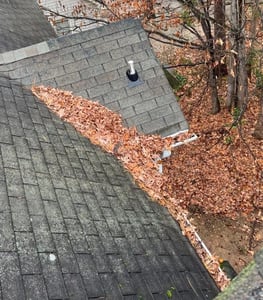
Causes: Leaves, twigs, and debris accumulate in the gutters over time, obstructing the flow of water. This buildup prevents rainwater from draining properly, causing it to overflow and seep into the roof structure. Over time, clogged gutters can contribute to rotting fascia boards, water infiltration into the attic, and even structural damage.
Repair: Regular gutter cleaning and maintenance can prevent clogs. Consider installing gutter guards to keep debris out and allow water to flow freely. Addressing this issue can save you from expensive repairs caused by water damage and compromised structural integrity.
Recognizing the Issue: Inspect your roof for curled, cracked, or blistered shingles. You might also find granules from the shingles in your gutters or around your property. When shingles are compromised, they lose their ability to protect your roof and home from water intrusion.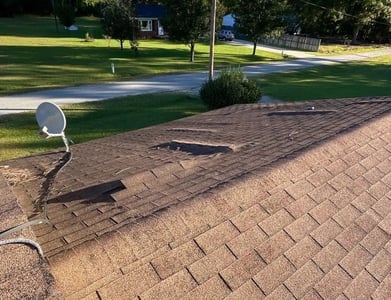
Causes: Exposure to harsh weather conditions, sunlight, and aging can cause shingles to deteriorate. Curled shingles allow water to penetrate beneath the layers, compromising your roof's ability to keep water out. Damaged shingles can result from severe weather events, fallen tree branches, or inadequate attic ventilation, which leads to heat buildup and accelerated shingle degradation.
Repair: Damaged shingles should be replaced promptly. Hire a professional roofer to ensure proper installation and prevent further water infiltration. Replacing damaged shingles and addressing underlying issues can extend the life of your roof and prevent leaks.
Recognizing the Issue: Look for cracks or tears in the rubber seal around pipes protruding from your roof. Water stains on ceilings near these pipes can also indicate a leak. A failing pipe boot can lead to water penetration and subsequent damage.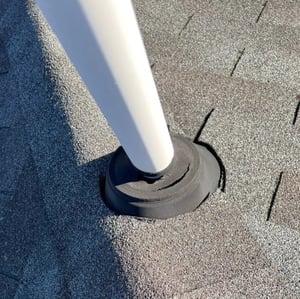
Causes: The rubber seal on pipe boots can degrade over time due to exposure to UV rays and weather. This degradation allows water to seep through, leading to leaks. Pipe boots may also become damaged due to animals, strong winds, or simply wear and tear over time.
Repair: Damaged pipe boots should be replaced with new ones. Apply roofing sealant around the base of the new boot to ensure a watertight seal. By addressing pipe boot issues promptly, you can prevent water infiltration and the potential for interior damage.
Recognizing the Issue: Inspect the valleys where two roof planes intersect for damaged or missing shingles, cracks, or gaps in the flashing. Valleys are critical areas that require proper maintenance to prevent leaks.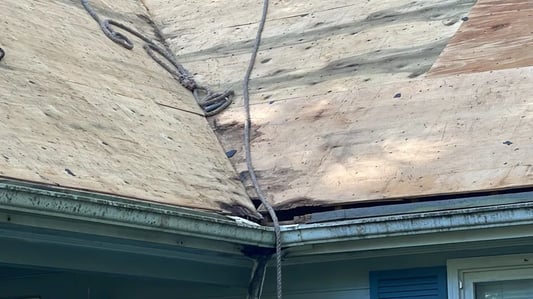
Causes: Poorly sealed valleys or missing shingles in these critical areas can allow water to flow underneath the roofing material, leading to leaks. Valleys are particularly vulnerable to leaks due to the concentrated flow of rainwater and the potential for ice dam formation in colder climates.
Repair: Damaged shingles and compromised flashing in valleys should be replaced. Seal any gaps in the flashing with roofing sealant to prevent water intrusion. Addressing valley issues promptly can prevent water from infiltrating your home's interior and causing extensive damage.
Recognizing the Issue: Look for condensation, water stains, or visible gaps around the edges of your skylights. Leaky skylights can result in water damage to your home's interior.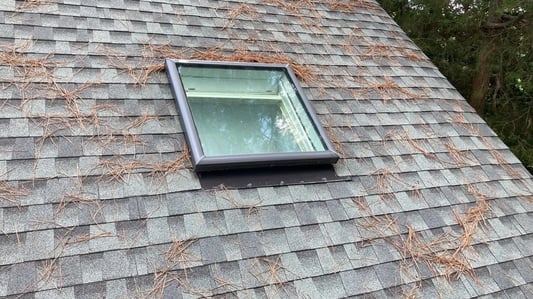
Causes: Skylights are susceptible to leaks due to aging seals, gaps in the flashing, or improperly installed flashing. Moisture can infiltrate these vulnerable points and cause leaks. Poorly sealed or damaged flashing around skylights can result from exposure to weather, thermal expansion and contraction, and settling of the roof.
Repair: Address skylight leaks by resealing the edges with appropriate weatherproof sealant. If flashing is compromised, replace it to ensure a watertight seal. Proper skylight maintenance and prompt repairs can prevent interior water damage and protect your home.
Recognizing the Issue: Check for cracks in chimney bricks and mortar. Look for water stains on ceilings near the chimney and examine flashing for signs of deterioration. Leaky chimneys can lead to water damage and affect your home's structural integrity.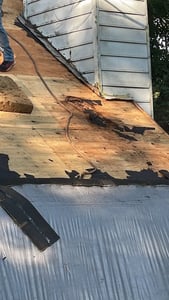
Causes: Cracked chimney bricks and deteriorating mortar can allow water to seep into your home. Damaged flashing around the chimney base can also be a source of leaks. Exposure to weather, temperature fluctuations, and settling of the structure can contribute to chimney damage.
Repair: Repair chimney cracks with appropriate masonry sealants. Replace damaged mortar and flashing around the chimney to prevent further water infiltration. Timely chimney repairs and maintenance can prevent water from infiltrating your home and causing extensive damage.
Regular roof inspections and preemptive maintenance are paramount in preventing roof leaks. Procrastination can lead to severe financial consequences. Untreated leaks can cause extensive water damage, compromise insulation, and even necessitate roof decking replacement. Repair costs escalate the longer leaks go unaddressed. By promptly identifying and addressing potential leaks, you can save money and protect your investment.
A leak-free roof is essential for maintaining the integrity of your home. By staying vigilant and addressing common causes of leaks, you can safeguard your asphalt shingle roof from water damage and its associated problems. Regular inspections, proactive maintenance, and prompt repairs are your best defense against roof leaks. By taking these steps, you ensure a dry, comfortable, and secure living environment for years to come.
On Tops Roofing has been helping homeowners in Raleigh find and fix their roof leaks since we started up in 1991! Whatever your roof requires, We’re on it!
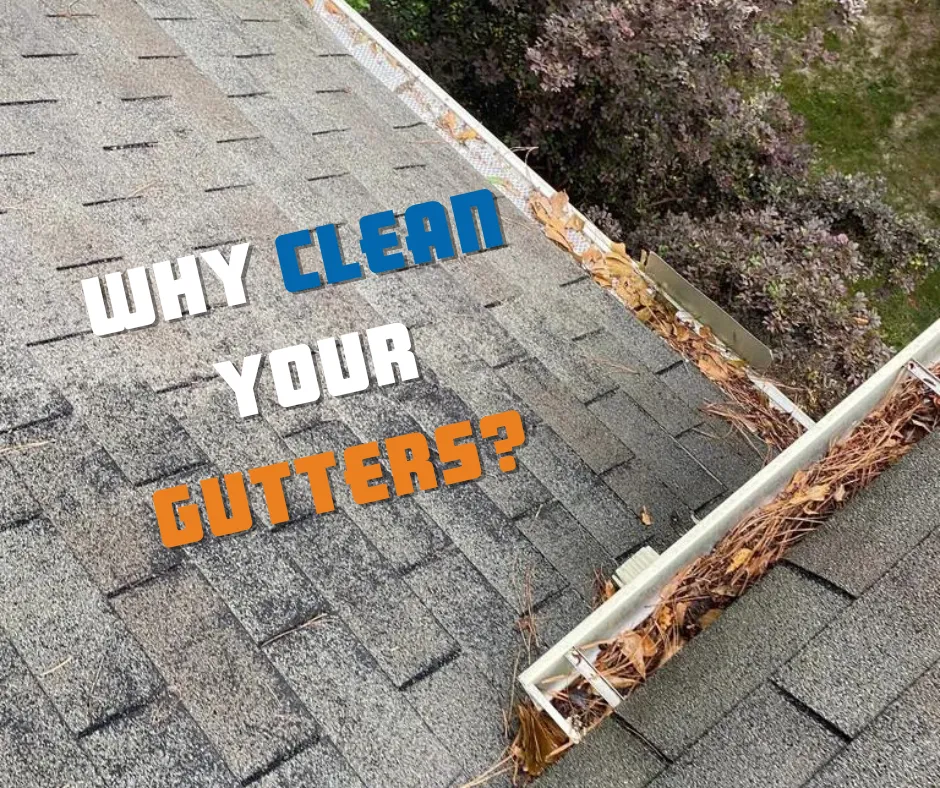
When you think of home maintenance, your gutters may not be the first things that come to mind. Like your roof, it can be easy to neglect your...
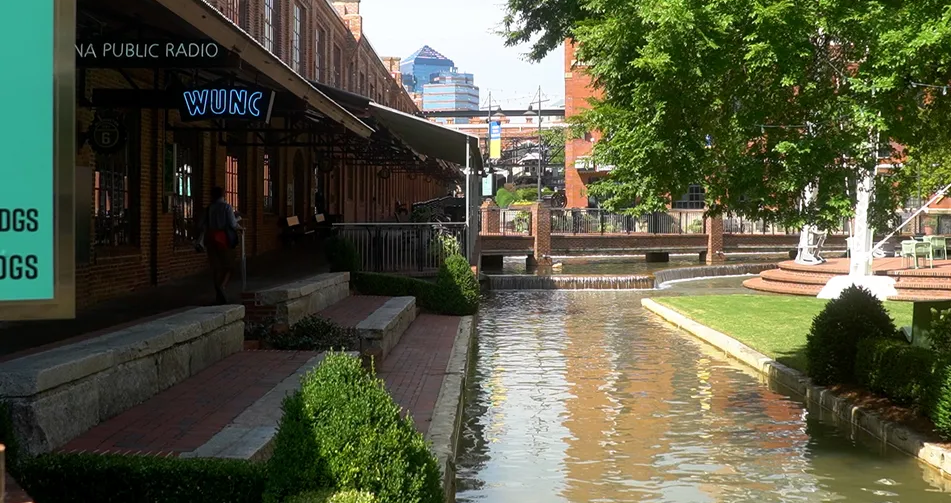
Durham, and the surrounding towns in Durham County, have loads of roofing companies that serve the area. Not only are there several companies located...
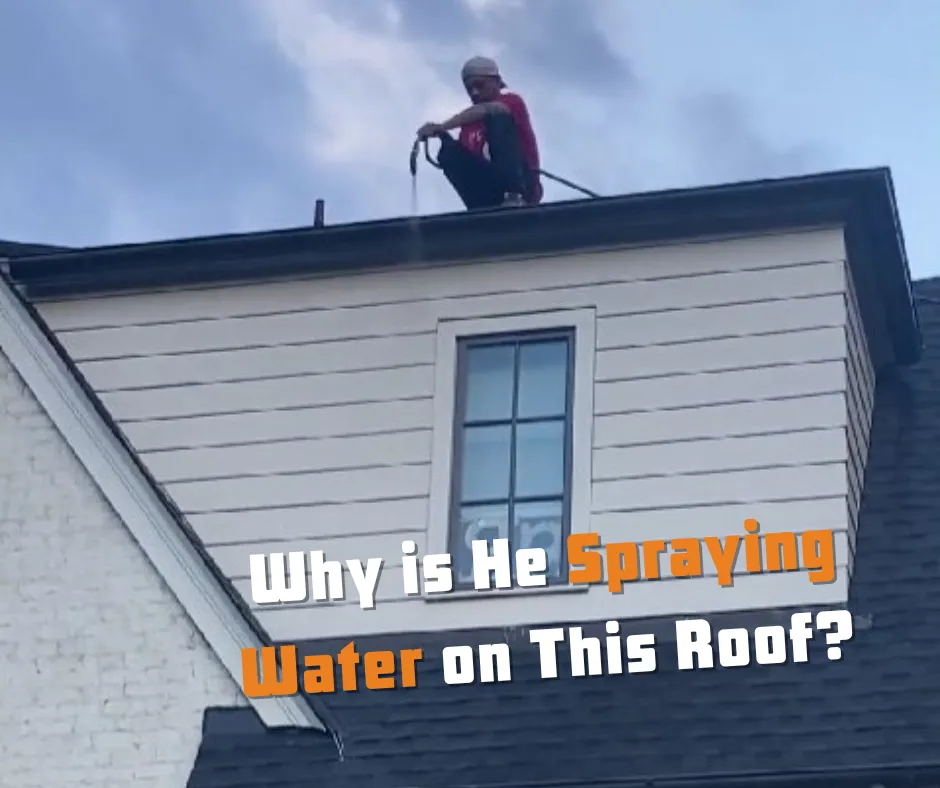
Roof leaks can be incredibly frustrating for homeowners, and pinpointing their exact source can indeed be a challenging task. Visual inspections...